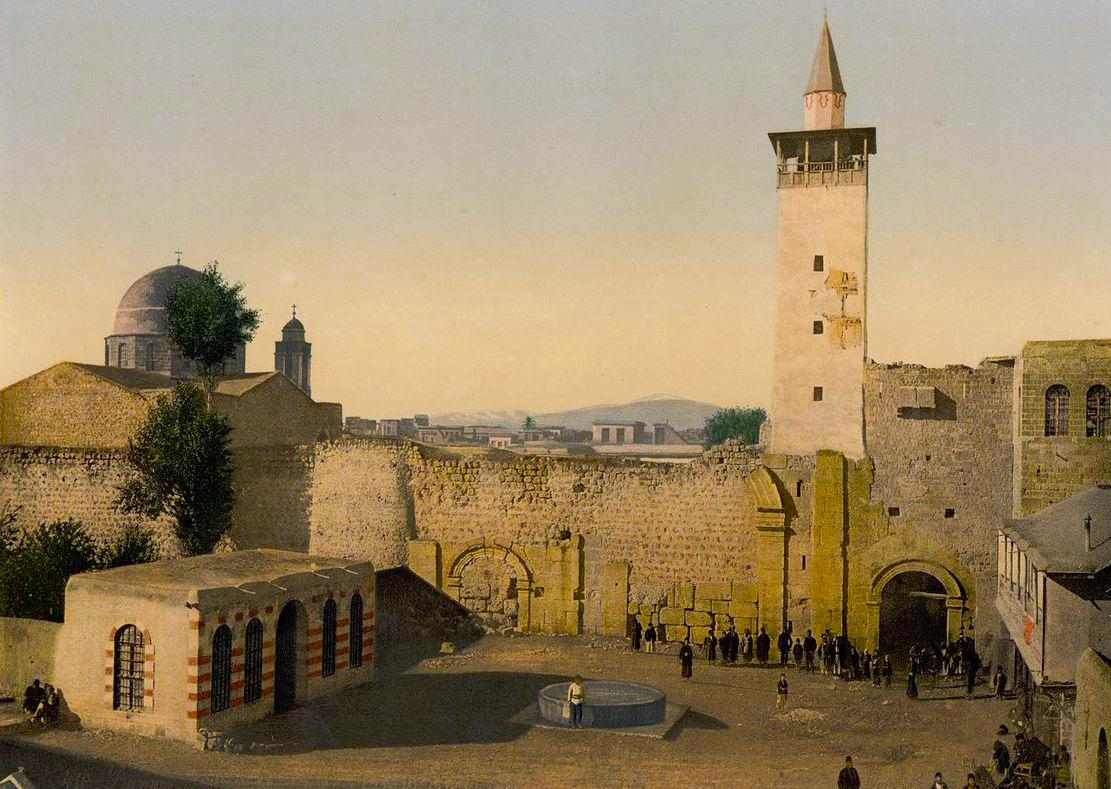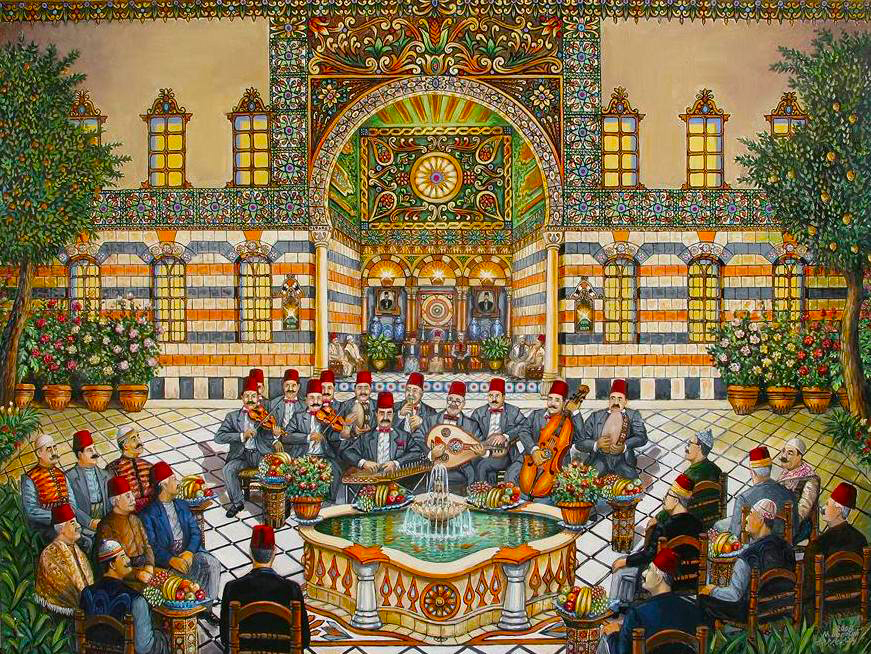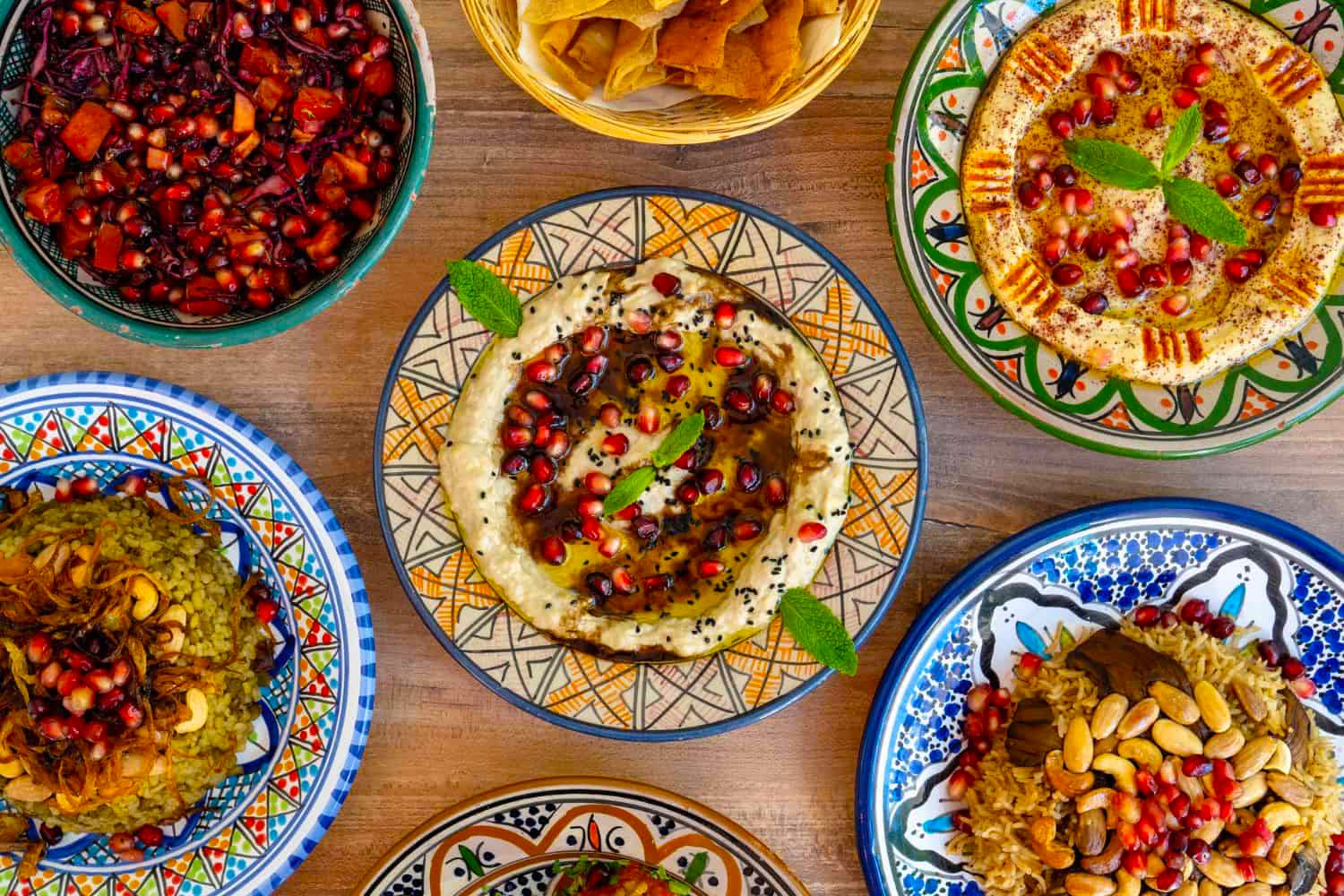With its rich cultural history and fertile lands, Syrian Food offers one of the most diverse and flavorful cuisines in the Middle East. For tourists visiting Damascus or traveling across Syria, Syrian Food is not just sustenance—it’s an essential part of the experience. Syrian Food blends ancient traditions with Levantine flair, offering dishes that are aromatic, colorful, and full of character. Damascus, as the capital, is the perfect place to start your culinary journey, where Syrian Food flavors tell stories of history, family, and hospitality.
Syrian Food – Traditional Dishes You Must Try
Syrian food revolves around fresh vegetables, quality meats, olive oil, spices, grains, and dairy. Whether you’re dining in an elegant restaurant or a humble neighborhood kitchen, the flavors are always memorable.
Kibbeh
Kibbeh is often considered the national dish of Syria. It comes in several variations, but the most common is kibbeh bi saniyeh, an oven-baked mixture of finely ground meat and bulgur layered with a spiced meat-and-onion filling. There’s also kibbeh nayyeh, a raw version made with lamb and spices, similar to steak tartare but with a Syrian twist. Each region adds its own touch, but Damascus is known for its classic, fragrant style.
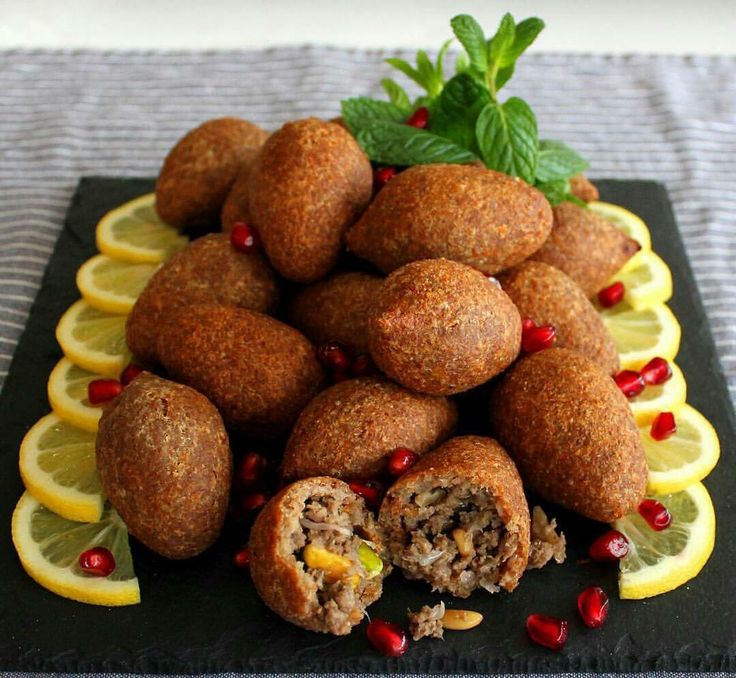
Yalanji and Yabraq (Stuffed Grape Leaves)
Syrian cuisine features a variety of stuffed vegetables known as mahshi. One of the most beloved forms is yalanji—vegetarian grape leaves stuffed with rice, tomatoes, parsley, and pomegranate molasses, often served cold as an appetizer. Its meat-filled counterpart, yabraq, is cooked in lemony broth and served hot, a favorite in home-cooked meals and traditional feasts.

Fatteh
This dish is a staple in Damascus, especially during breakfast or lunch. It layers crispy bread, yogurt, chickpeas, tahini, and sometimes minced meat or pine nuts. It’s creamy, tangy, and crunchy all at once, and is usually topped with a drizzle of clarified butter and toasted nuts.
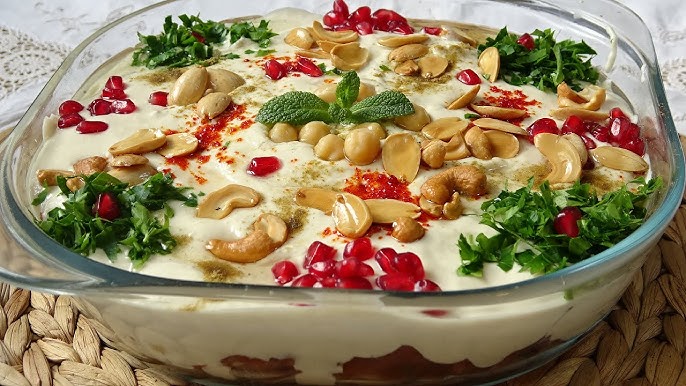
Hummus and Mutabbal
No Syrian meal is complete without mezze—small plates served as starters. Hummus, made from chickpeas and tahini, is smooth and rich, often garnished with olive oil and paprika. Mutabbal is a smoky eggplant-based dip, mixed with tahini, yogurt, garlic, and lemon. These are usually eaten with warm pita bread.
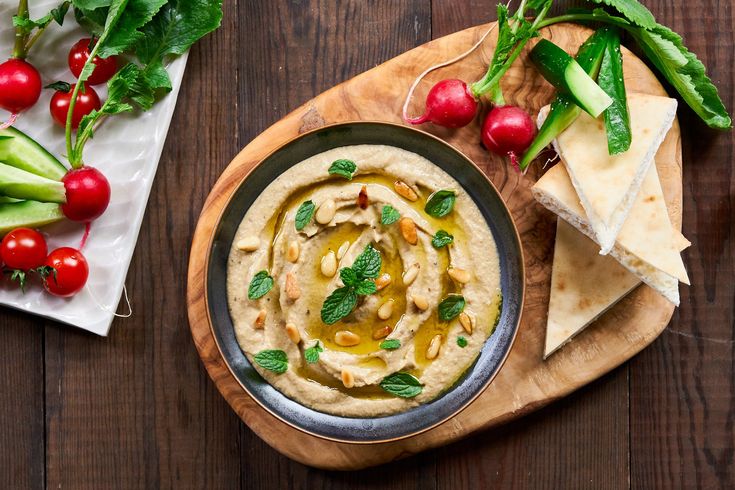
Grilled Meats and Kebabs
Meat lovers will find plenty to enjoy in Syria. Shish taouk (marinated chicken skewers), lamb kebabs, kofta (minced meat skewers), and grilled liver are all popular options. Served with grilled vegetables, sumac onions, and fresh bread, these dishes are both hearty and satisfying.
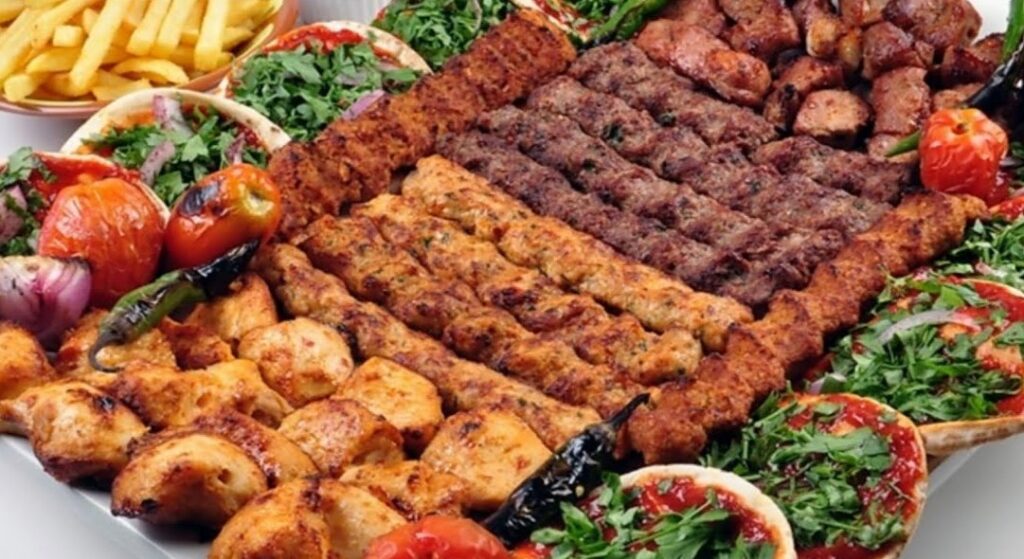
Shawarma
Widely available on street corners and in restaurants, shawarma is a must-try. Thin slices of marinated meat (either chicken or lamb) are stacked on a vertical spit and slowly roasted. The meat is shaved off and wrapped in flatbread with pickles, garlic sauce, and fries. It’s quick, flavorful, and deeply satisfying.
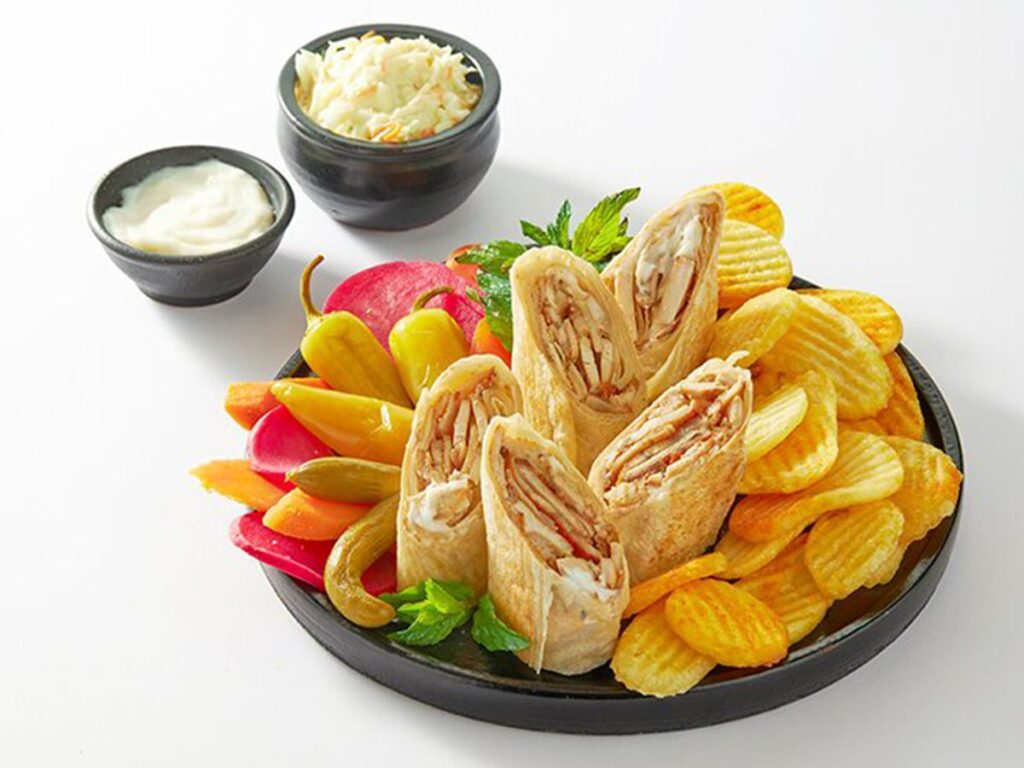
Falafel and Foul
These vegetarian favorites are part of daily life in Damascus. Falafel, made from ground chickpeas and herbs, is deep-fried until golden and crunchy, then served in wraps or on plates with tahini sauce and vegetables. Foul, or fava bean stew, is a staple breakfast dish often eaten with olive oil, lemon, garlic, and parsley.
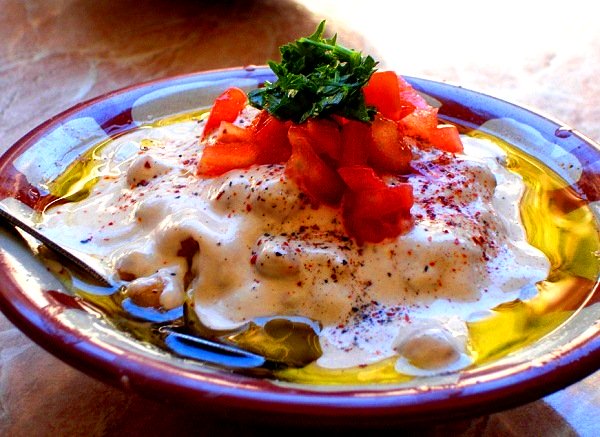
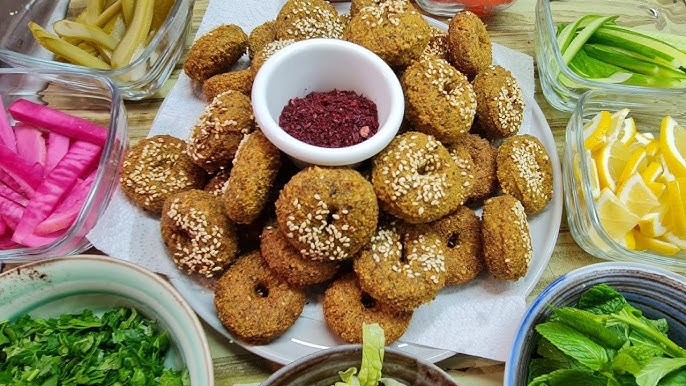
Syrian Sweets and Desserts
Dessert is taken seriously in Syria, especially in Damascus, where pastry shops have been perfecting recipes for generations.
Halawat el-Jibn
This soft, stretchy dessert is made from semolina and cheese dough, rolled with clotted cream (qishta), and topped with syrup and pistachios. It’s especially famous in Hama and Homs but widely available in Damascus.
Nabulseih
Originally from the city of Nablus but deeply rooted in Syrian sweet shops, Nabulseih is a type of knafeh made with semolina dough and filled with sweetened cheese. It is soaked in orange blossom-scented syrup and topped with crushed pistachios. In Damascus, it’s served hot and fresh, with the cheese melting beneath a golden crust. It’s a must-try for cheese lovers and one of the most popular desserts across Syria.
Baklava
Syria’s baklava is rich, layered with nuts and honey or sugar syrup, and made with crisp phyllo pastry. While many countries have their own versions, Damascus is known for its light touch and balanced sweetness.
Fresh Fruit Salad
Syrians love seasonal fruits, and a simple fruit salad is a refreshing and common dessert, especially during the hot summer months. It typically includes slices of bananas, apples, oranges, watermelon, and sometimes pomegranate seeds, topped with a squeeze of orange or lemon juice. Some versions are topped with fruit syrup or a spoon of ice cream. It’s a lighter option for those seeking something sweet but not heavy, and it can be found in cafes, juice stands, and many restaurants.
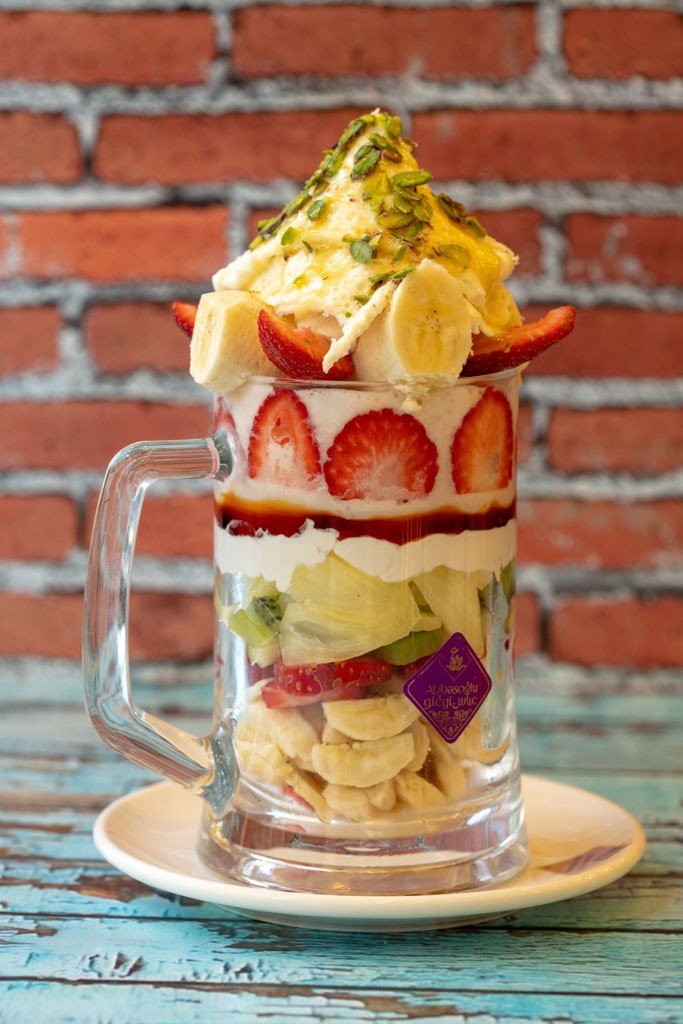
Where to Eat in Damascus
Old City Eateries
The Old City of Damascus is home to countless family-run restaurants and small eateries tucked into historic alleys. These places offer home-style meals and mezze that are both delicious and affordable. Restaurants like Al Khawali and Beit Sitti are set in traditional Damascene houses, providing an immersive atmosphere with intricate tile work and leafy courtyards.
Street Food Stalls
For a casual and budget-friendly option, try the street food stalls. Grabbing a shawarma wrap or falafel sandwich from a corner vendor is a true Damascene experience. Most locals eat standing or take it on the go, making it a great choice while sightseeing.
Luxury Dining
In modern areas like Abu Rummaneh or Mazzeh, visitors will find upscale restaurants serving traditional dishes with a contemporary twist. Some of these venues offer panoramic views and elegant decor, perfect for a special evening.
Food Culture and Dining Etiquette
Syrians are incredibly hospitable, and food is central to their culture. When dining with locals, expect to be offered more than you can eat. Meals are a communal affair, and sharing is a sign of generosity.
It’s polite to try everything that is served. Bread is often used as a utensil, and dishes are commonly shared from the center of the table. Tea or Arabic coffee is usually offered after meals, and it’s considered respectful to accept.
Food Safety Tips for Tourists
Street food is generally safe if it’s freshly made and served hot. Stick to busy places with a high turnover of customers. Bottled water is recommended, and it’s wise to avoid raw vegetables if you’re unsure about how they were washed. Most restaurants are clean and take hygiene seriously, especially in areas popular with tourists.
Trying Syrian Food Outside Damascus
While Damascus offers the widest selection of dishes and dining experiences, each region in Syria brings its own flavors. Aleppo is known for its spice-rich cuisine and famous cherry kebab. Homs and Hama are celebrated for their sweets, while coastal cities like Latakia offer fresh seafood with Mediterranean flair.
Traveling through Syria gives visitors a chance to see how ingredients and techniques vary across regions, creating a rich tapestry of culinary diversity.
Conclusion: Food as a Cultural Experience
Syrian Food in Damascus and across Syria is more than just a daily ritual—it is a reflection of the country’s soul. It’s found in the bustle of the markets, the aroma of grilled meats on the streets, and the careful layering of flavors in a home-cooked meal. For tourists, diving into Syrian Food is one of the best ways to connect with its people, understand its traditions, and take away memories that go beyond the sights. Whether you’re savoring stuffed grape leaves in a courtyard or grabbing shawarma on the go, every bite of Syrian Food tells a story. From vibrant mezza spreads to sweet desserts, experiencing Syrian Food is a journey through Syria’s rich culture and hospitality.
Finally.. If you have any questions, please contact us. To explore further, visit our Facebook Syria collection for rare images and cultural highlights.
